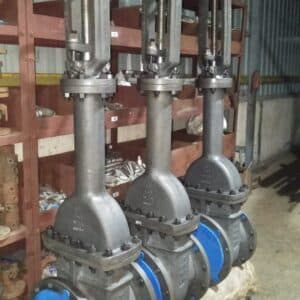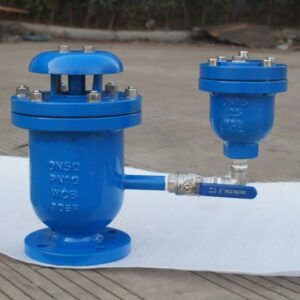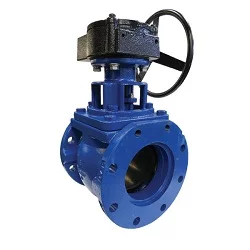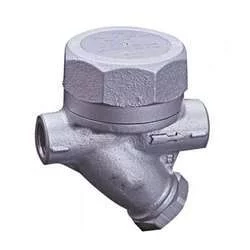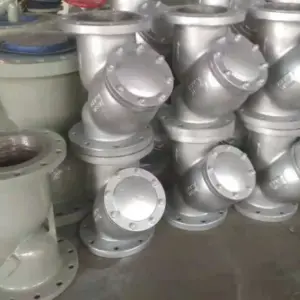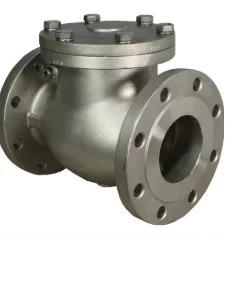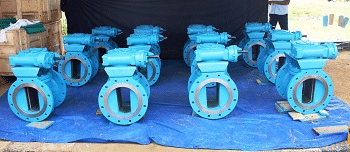Valves Only is top Ball Valve and Plug Valve Manufacturers in USA. We are committed to deliver our customer high quality valve that can meet need of different industry. Whether you are in oil and gas industry, chemical processing or water treatment, it is important to know the Ball Valve and Plug Valve difference to select the proper valve for your application. Although both are employed to regulate fluid flow, their operation, design and applicability to particular functions vary widely.
It is quarter turn valve that employ hollow, perforated and pivoting ball to regulate flow of fluid. When ball is positioned in line of flow, the fluid pass through. When ball is turned 90 degree, the flow is shut off. Ball valve are favored for their easy design and ability to offer safe, tight shut off.
It is tapered or cylindrical plug that rotate within body to regulate flow. The plug include hole or passage aligned with path of flow when the valve is in the open position. Plug valve are typically employed where shut off or throttling of flow is required.
Key Parts
Ball Valve
- Body: Usually constructed from steel, stainless steel or brass, body enclose remaining part of valve.
- Ball: The middle part, usually constructed from stainless steel or other long lasting material, contain hole that fluid flow through.
- Seats: Located on each side of ball, the seat ensure sealing of valve to close it with no leakage.
- Stem: The stem link actuator (manual, pneumatic, or electric) to ball.
- Actuator: The actuator supply force to turn ball to regulate fluid flow.
Plug Valve
- Body: The valve body house plug and other internal component, usually from cast or forged metal.
- Plug: The plug is primary part, which may be cylindrical or tapered with an orifice for regulating flow.
- Seals: Seals serve to block leak at interface between plug and valve body.
- Stem: The stem is what join plug and the actuator together and permit rotation.
- Actuator: Just like the ball valve, actuators can be manual, pneumatic, or electric, supplying the energy for the valve’s operation.
Working mechanism
Ball Valve
Ball valves work on turning a ball within the valve body. With the valve in an open position, the hole of the ball aligns with the path of the flow so fluid can flow. By turning the ball 90 degrees, the flow is stopped since the hole is not in line with the path. Ball valves are best suited for giving fast action and tight shut-offs and thus suitable for on/off control of high-pressure systems.
Plug Valve
Plug valves work by rotating the plug within the valve body in order to let or block the flow of fluids. The plug contains a passage or a hole that corresponds with the outlet and inlet when the valve is open. If the plug is rotated, then flow is either interrupted or initiated depending on where the valve is set. Plug valves are utilized quite frequently whenever tight sealing is called for or whenever throttling must be used.
Benefits of Ball Valves and Plug Valve
Ball Valve Benefits
- Rapid Operation: Ball valves need just a quarter turn to close or open, providing rapid response times.
- Positive Shut-Off: They have great sealing and are perfectly suited for those applications needing a full, positive shut-off.
- Sustainable: Ball valve are very strong and can sustain high pressure and temperature condition.
- Low Maintenance: Because of basic design and minimal moving parts ball valve need low maintenance.
- Versatility: With different size and material available, ball valve are applicable in many different application ranging from water system to oil and gas pipe.
Plug Valve Benefits
- Durable Seal: Plug valve are recognized to create tight seal, and hence they are best suited for low flowing or throttling application.
- Good for Throttling: Unlike ball valve which are typically used for on or off flow control, plug valve can be used to modulate flow, offering more precise control.
- Low Torque Operation: The tapered design of plug reduce amount of torque needed to operate valve making it easier to control.
- Simple Design: The simple design of plug valve makes them easy to operate and maintain.
- Long Life: Plug valve are long life and wear resistant with long life in harsh condition.
Application Areas of Ball and Plug Valve
Both plug and ball valve are found across many application in various industry where the flow must be regulated carefully.
Ball Valve
- Oil and Gas
- Chemical Processing
- Water Treatment
- Power Generation
Plug Valve
- Petrochemical
- Water and Sewage
- Oil and Gas
- Wastewater treatment
Why Are Ball Valve and Plug Valve Required?
Both ball and plug valve serve essential roles in fluid control system, but the choice between them depend on the specific need of application. Ball valve are typically preferred for application that require quick on off switch, while plug valve are better suited for application requiring more precise flow control, including throttling.
As one of the leading Ball Valve and Plug Valve Manufacturers in USA, Valves Only supplies both types of valve to serve variety of industrial application. Our valves are made from premium material to be long lasting, reliable and high performing in harsh environment. By purchasing from Valves Only, customer enjoy professional engineering, competitive pricing and top notch customer service.
Conclusion
In summary, knowing the Ball Valve and Plug Valve Difference is important in choosing the correct valve for your application. Although both ball valves and plug valves provide consistent performance, they are different in design, operation, and best applications. Ball valves are generally employed to control on/off rapidly, while plug valves are best suited to throttle as well as offer tight closure. Our products guarantee superior performance, strength, and prolonged service life, making them an ideal choice for your industrial applications.
Recent Posts
- What Is a Steam Trap and How Does It Work?
- What Is a Foot Valve and Why Is It Used in Pumping Systems?
- BI-DIRECTIONAL VS. UNI-DIRECTIONAL KNIFE GATE VALVES: WHICH ONE DO YOU NEED?
- WHAT IS A DOUBLE BLOCK AND BLEED BALL VALVE? A COMPLETE GUIDE
- UNDERSTANDING THE DIFFERENT TYPES OF AIR VALVES: SINGLE VS. DOUBLE ORIFICE

